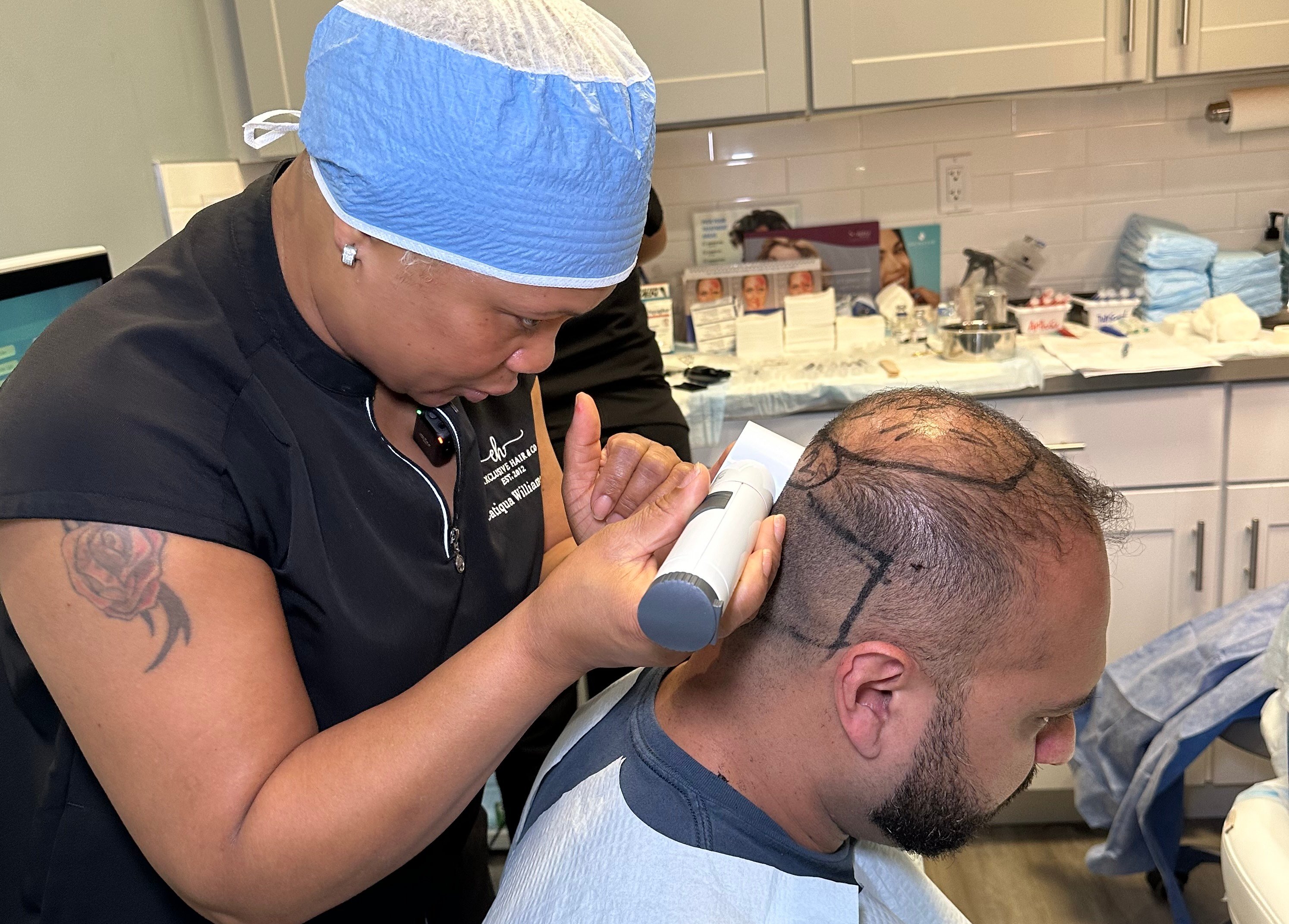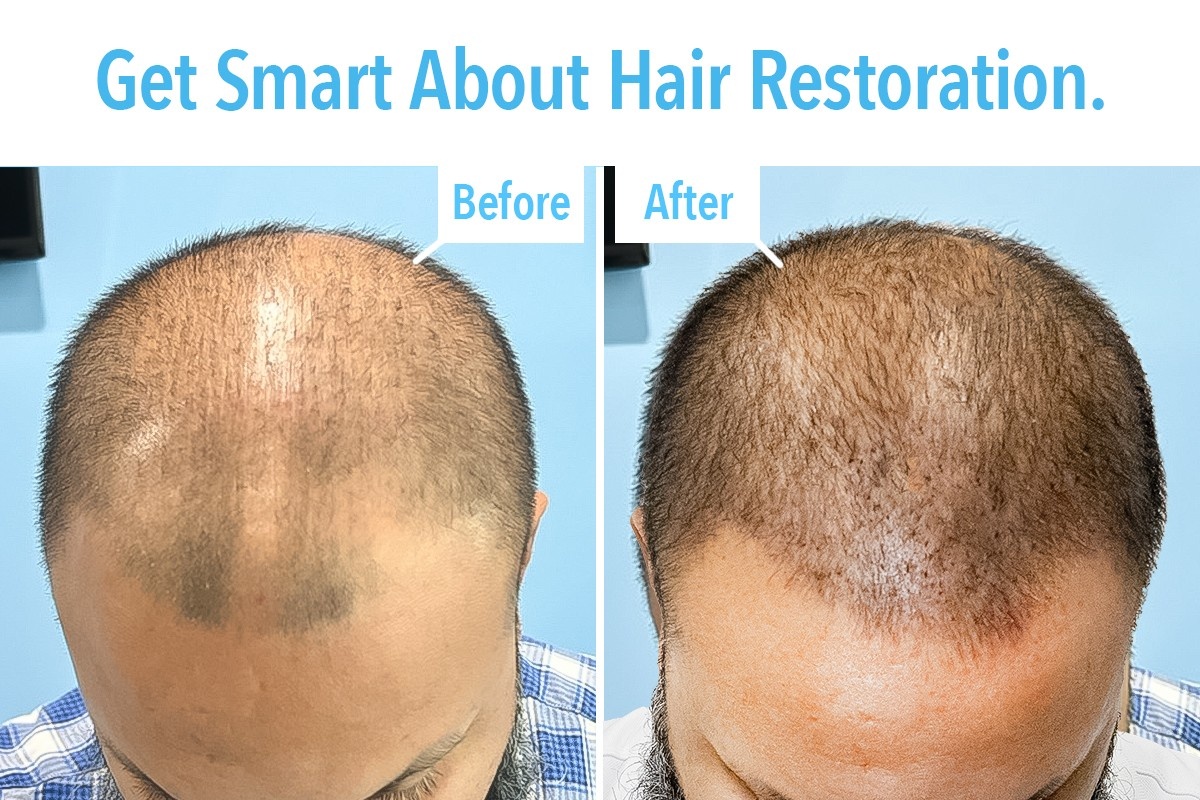If you’re dealing with thinning hair or noticeable hair loss, you’re not alone—millions of men and women experience it at some point in their lives. Whether it’s caused by genetics, aging, hormonal imbalances, or medical conditions, hair loss can significantly affect your confidence and quality of life. As technology has advanced, so have the options for restoring hair naturally and effectively. One of the most innovative treatments available today is SmartGraft. But what is SmartGraft Hair Restoration, and why is it gaining so much attention? Let’s take a closer look at how it works, what makes it different, and what you can expect from the procedure.
Understanding Hair Loss
Before diving into the SmartGraft procedure itself, it helps to understand the basics of hair loss. Most commonly, hair loss is caused by androgenetic alopecia—a genetic condition often referred to as male or female pattern baldness. This condition leads to thinning hair or bald patches as follicles shrink over time, producing finer and shorter hair until growth eventually stops.
Other contributors to hair loss include:
- Hormonal imbalances
- Stress
- Nutritional deficiencies
- Certain medications
- Autoimmune diseases
Traditional hair restoration methods, such as strip harvesting or older transplant techniques, often involved visible scarring and longer recovery times. That’s where SmartGraft comes in as a more refined and patient-friendly alternative.
What Is SmartGraft Hair Restoration?

SmartGraft Hair Restoration is a minimally invasive hair transplant technique that uses Follicular Unit Extraction (FUE) technology to restore hair growth naturally and effectively. Unlike traditional strip methods that involve cutting a strip of scalp, SmartGraft uses a specialized device to harvest individual hair follicles from a donor area—usually the back of the head—where hair is more resistant to thinning.
These follicles are then implanted into the areas experiencing hair loss. Because the follicles are your own, the body recognizes them, and they begin to grow hair naturally in their new location.
How Does SmartGraft Work?
The SmartGraft procedure follows a streamlined, four-step process:
1. Preparation and Consultation
The first step involves a thorough consultation with a trained hair restoration specialist. They’ll assess the degree of hair loss, your medical history, and determine if you’re a good candidate for the procedure.
2. Harvesting Hair Follicles
Using the SmartGraft device, individual follicular units are gently extracted from the donor area. This advanced device helps maintain the health and viability of each graft while minimizing trauma to the scalp.
3. Storing and Hydrating Grafts
Unlike traditional FUE methods that expose grafts to the air, SmartGraft immediately stores them in a climate-controlled, sterile solution. This preserves the follicles and improves their chances of survival once transplanted.
4. Implanting the Follicles
The final step involves implanting the prepared grafts into the thinning or balding areas of the scalp. The placement is done with precision to ensure a natural-looking hairline and even distribution.
The entire procedure typically takes between 4 to 6 hours, depending on the number of grafts needed.
Benefits of SmartGraft Hair Restoration
SmartGraft offers several key advantages over older hair transplant techniques:
Minimally Invasive
Because it doesn’t require stitches or linear incisions, SmartGraft causes less discomfort and reduces the risk of scarring.
Faster Recovery
Most patients can return to work or normal daily activities within a few days. Post-procedure discomfort is typically mild and manageable.
Natural Results
SmartGraft allows for precise placement of hair follicles, resulting in a natural-looking hairline and consistent growth pattern.
Improved Graft Survival
The system’s built-in graft storage ensures follicles stay healthy and hydrated during the procedure, which enhances overall success rates.
Versatile for Different Hair Types
SmartGraft is suitable for both men and women and can be used on various areas, including the scalp, eyebrows, and beard.
What to Expect After the Procedure
Following the SmartGraft procedure, patients may experience mild swelling, redness, or scabbing in the treated areas. These effects typically subside within a week.
New hair growth becomes noticeable around 3 to 4 months after the procedure. Full results generally appear between 9 and 12 months, as the transplanted follicles cycle through natural growth phases.
Your provider will offer aftercare instructions, including how to care for the scalp, when to resume physical activity, and what products to use or avoid.
Is SmartGraft Right for You?
SmartGraft may be an excellent option if you:
- Are in good overall health
- Have moderate to severe hair thinning or baldness
- Want a minimally invasive procedure with little downtime
- Prefer natural, long-term results
However, not everyone is a candidate. It’s important to consult with a licensed specialist to evaluate your specific hair restoration needs and expectations.
Final Thoughts
SmartGraft Hair Restoration represents a significant advancement in hair transplant technology. With its minimally invasive approach, high precision, and natural-looking results, it offers a compelling option for anyone struggling with hair loss. By understanding what SmartGraft Hair Restoration is and how it works, you can make an informed decision about your next steps toward fuller, healthier hair.



